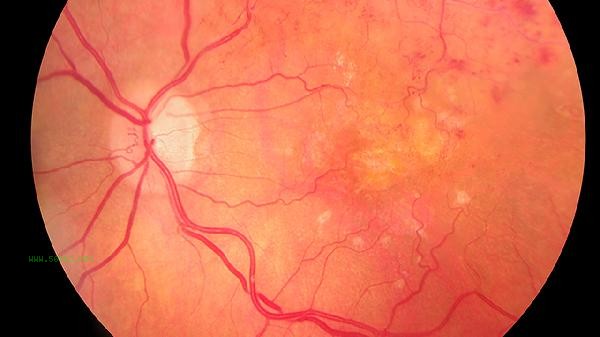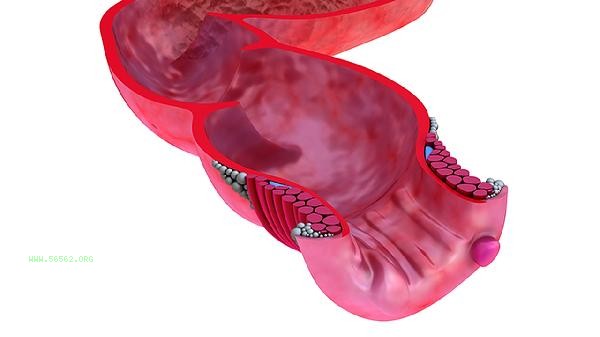The normal range of vascular resistance index (RI) is generally 0.55-0.75, and the actual value may be affected by factors such as the testing site, age, and underlying diseases.
1. Differences in detection sites:

There are physiological differences in the resistance index of different blood vessels. The RI of renal artery is usually less than 0.7, while that of uterine artery should be less than 0.58 during non pregnancy. The RI of fetal umbilical artery varies with gestational age, and the normal value in late pregnancy is usually less than 0.6. The reference range for RI of the thyroid artery is 0.5-0.75, while the RI of the liver blood vessels is often below 0.7.
2. Age factor:
The renal artery RI of newborns can reach 0.7-0.8, gradually decreasing to adult levels after one year old. Middle aged and elderly people may experience a decrease in vascular elasticity, while RI may slightly increase but still not exceed 0.8. The RI of the uterine artery in pregnant women will gradually decrease with the progression of gestational weeks, and if it exceeds 0.58 weeks after 24 weeks of pregnancy, the risk of preeclampsia should be monitored.
3. Measurement technology impact:

The Doppler sampling angle should be kept ≤ 60 degrees, and the sampling volume should cover 2/3 of the vascular lumen. Excessive probe pressure can artificially increase the RI value, while measuring at the bend of the blood vessel may lead to a false decrease. During the examination, avoid the branching of blood vessels, and measure the average of three consecutive waveforms at the same location.
4. Pathological changes:
When renal artery stenosis occurs, the RI on the affected side is often greater than 0.8, and the difference between the two sides is greater than 0.1, which has diagnostic significance. The RI of hepatic artery in patients with cirrhosis can exceed 0.75, and in cases of renal transplant rejection, the RI is often greater than 0.9. The RI of neovascularization in malignant tumors often shows low resistance<0.4, while the RI of distal atherosclerotic plaques is often abnormally elevated.
5. Physiological fluctuation range:
The RI value may be 5% -10% higher in the morning than during the day, and the RI of limb blood vessels may temporarily decrease after exercise. After meals, the RI of the mesenteric artery decreases by about 15%, and smoking can cause an acute increase in the RI of peripheral blood vessels. During measurement, the subject should be required to rest calmly for 10 minutes to avoid behaviors that may affect hemodynamics, such as holding their breath. Maintaining vascular health requires controlling blood pressure and blood lipids within ideal ranges, consuming sufficient dietary fiber such as oats and apples daily, and supplementing with Omega-3 fatty acids rich in deep-sea fish in moderation. It is recommended to engage in 150 minutes of moderate intensity aerobic exercise per week, such as brisk walking and swimming, and avoid sitting for more than an hour. Smokers should quit smoking as soon as possible and limit their alcohol intake to no more than 25 grams per day. It is recommended to check carotid artery ultrasound every year for people over 40 years old. diabetes patients need to regularly monitor lower limb vascular RI. When RI abnormalities are found, comprehensive judgment should be made in combination with clinical symptoms and other imaging examinations to avoid over interpretation of a single indicator.









Comments (0)
Leave a Comment
No comments yet
Be the first to share your thoughts!